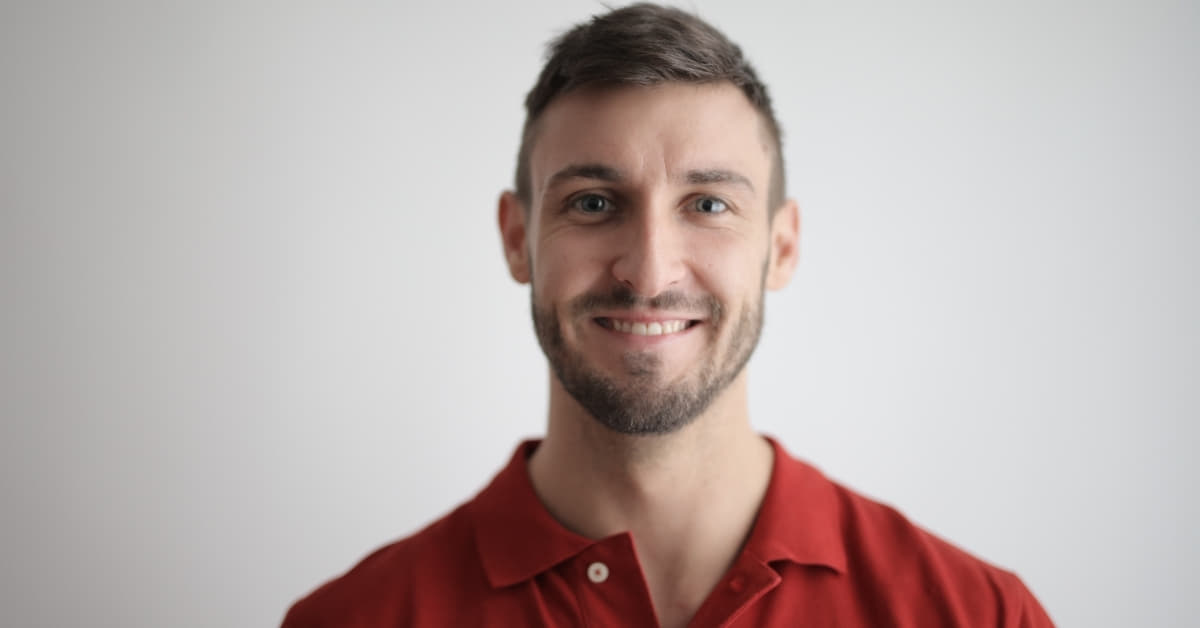In the realm of digital design and photo editing, honing your skills in Adobe Photoshop is essential for creating stunning visuals. Whether you’re a novice or an experienced designer, engaging in regular Photoshop practice with the right set of photos is crucial. In this article, we’ll explore the significance of Photoshop practice photos, how to choose the right ones, and provide tips to make the most out of your practice sessions.
Why Photoshop Practice Photos Matter
- Skill Enhancement:
Photoshop practice photos serve as the canvas for your creativity. Working with a diverse range of images allows you to experiment with various tools, techniques, and effects, thereby enhancing your overall design skills. - Familiarity with Tools:
Regular practice helps you become more familiar with Photoshop’s extensive toolset. Whether it’s mastering the pen tool or understanding layer adjustments, repetitive exposure to these tools on different images will solidify your understanding. - Creative Exploration:
Practice photos open the door to creative exploration. They provide a playground for trying out new ideas, styles, and artistic concepts without the pressure of working on a client’s project.
Choosing the Right Photoshop Practice Photos
- Diversity is Key:
Select a diverse range of photos to practice on. This includes portraits, landscapes, objects, and abstract images. Each type of photo presents unique challenges and opportunities for experimentation. - High-Resolution Images:
Opt for high-resolution photos to ensure clarity and precision in your edits. This is especially important if you plan to showcase your work or use it for professional purposes. - Varied Lighting Conditions:
Experiment with images captured in different lighting conditions. This will help you understand how light affects the overall mood and appearance of a photo, allowing you to manipulate it effectively. - Complexity Levels:
Include photos with varying levels of complexity. Some images may require intricate detailing, while others may benefit from a minimalist approach. This diversity will prepare you for a range of design challenges.
Tips for Effective Photoshop Practice
- Set Specific Goals:
Before starting a practice session, define specific goals. Whether it’s mastering a particular tool or achieving a specific visual effect, having clear objectives will guide your practice. - Time Management:
Allocate dedicated time for Photoshop practice regularly. Consistency is key to improvement, so establish a routine that suits your schedule. - Seek Feedback:
Share your practice work with peers or online communities to receive constructive feedback. Learning from others and gaining different perspectives will contribute to your growth as a designer.
FAQs
How often should I practice Photoshop?
Aim for regular practice sessions, ideally several times a week. Consistency is more important than the duration of each session.
Can I use any photos for practice, or are there specific requirements?
While you can use any photos, it’s recommended to choose high-resolution, diverse images to get a well-rounded practice experience.
How do I know if my Photoshop skills are improving?
Track your progress by comparing your current work with older projects. Notice improvements in precision, creativity, and overall design quality.
Are there online resources for Photoshop practice photos?
Yes, several websites offer free high-quality images for practice. Explore platforms like Unsplash, Pexels, or Adobe Stock’s free section.
Conclusion
Photoshop practice photos are your gateway to mastering the art of digital design. By selecting diverse, high-quality images and incorporating regular practice into your routine, you’ll not only enhance your Photoshop skills but also foster a deep understanding of design principles. So, grab your favorite images and embark on a journey of creativity and improvement. Happy editing!
This page was last edited on 27 February 2024, at 6:09 pm
